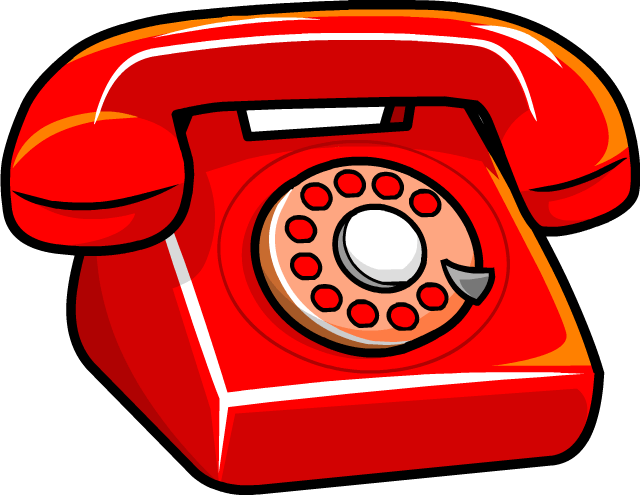
Despite washing machines being around for a long time, homeowners do things that put the machines at the risk of getting damaged. Washer repair experts recommend that you be cautious of the things you do to your washing appliance. Here are a few washing machine dos and don’ts you should be cautious about:
Washing machines have technologically made great leaps over the years, and they make cleaning easy and efficient. Unfortunately, despite the advances, they still can’t read tags and choose the right settings—you have to help them.
Before you put clothes in the washing machine, check the manufacturer’s instructions on the right settings. Failing to read and follow the tag can cause the fabric colors to bleed, the fabric to shrink, or even damage your entire laundry.
Do learn how to operate the washing machine
There are all types of washing machines that have different settings and set up methods. To ensure you don’t damage your laundry, learn how to set your washing machine. This way, you will know how to choose the right settings for the specific clothes you are looking to wash.
The cool thing is that all the information is on the manufacturer’s manual. Don’t be like the other homeowners that throw away the manual as soon as they get the machine. Go through the manual and understand all the bells and whistles of the machine.
Do zip the zippers
When you are in a hurry stuffing clothes in the washing machine, it’s common to forget about the zippers on the jeans and hoodies. When you put the zipped clothes in the same load as the delicate clothing, the zip can snug on the threads and pull at them.
To avoid this, always take a double check on all the zipped clothes and leave the zippers unzipped.
While you are at it, also take a look at the pockets. Do they have coins, markers, or any other foreign objects? Remove them if present.
When the foreign objects fall out of the pockets, they end up clogging the washer’s drain. This not only brings about a lot of inconvenience, but it also requires you to hire an expensive washer appliance repair company to fix the problem.
Don’t overload the machine
It can be tempting to want to clean all the clothes in one washer cycle. While this is possible when you have a small load, you have to do two or more cycles when you have a lot of clothes to clean.
Don’t put too many clothes than the machine can handle. For the machine to optimally clean the clothes, water should get around all the clothes.
When you overload the machine, water doesn’t have enough room to get around, hence you don’t give the clothes the clean look they deserve.
Overloading also puts the machine at the risk of getting damaged. The practice makes the motor work much harder than it should, which increases its likelihood of blowing up.
To avoid this, always double-check the maximum capacity of the washing machine. You also should make a habit of weighing the laundry bag before you put the clothes in the machine. When in doubt, clean the clothes in multiple loads.
Do clean the washing machine
Since washing machines do the cleaning work they don’t need to be cleaned, right? Wrong! Just like any other appliance in your home, you need to clean the washing machine regularly to keep it functioning efficiently. The practice also ensures the machine lasts for a long time.
When cleaning the machine, you pick up even the minor issues and fix them before they get worse.
To keep the appliance in pristine shape, clean it once a month. Clean the machine thoroughly both on the inside and outside.
Do level the machine
Does your washing appliance shake and rattle, or even worse, “walk” forward while in use? It means it’s not sitting level. In addition to destroying the floor and walls, an unleveled appliance also damages the internal mechanisms.
You don’t need to hire an appliance repair Northern VA professional to level the machine for you. Simply adjust the legs until they are even with the floor. Once done, gently lean on the machine to confirm the legs aren’t shifting around.




